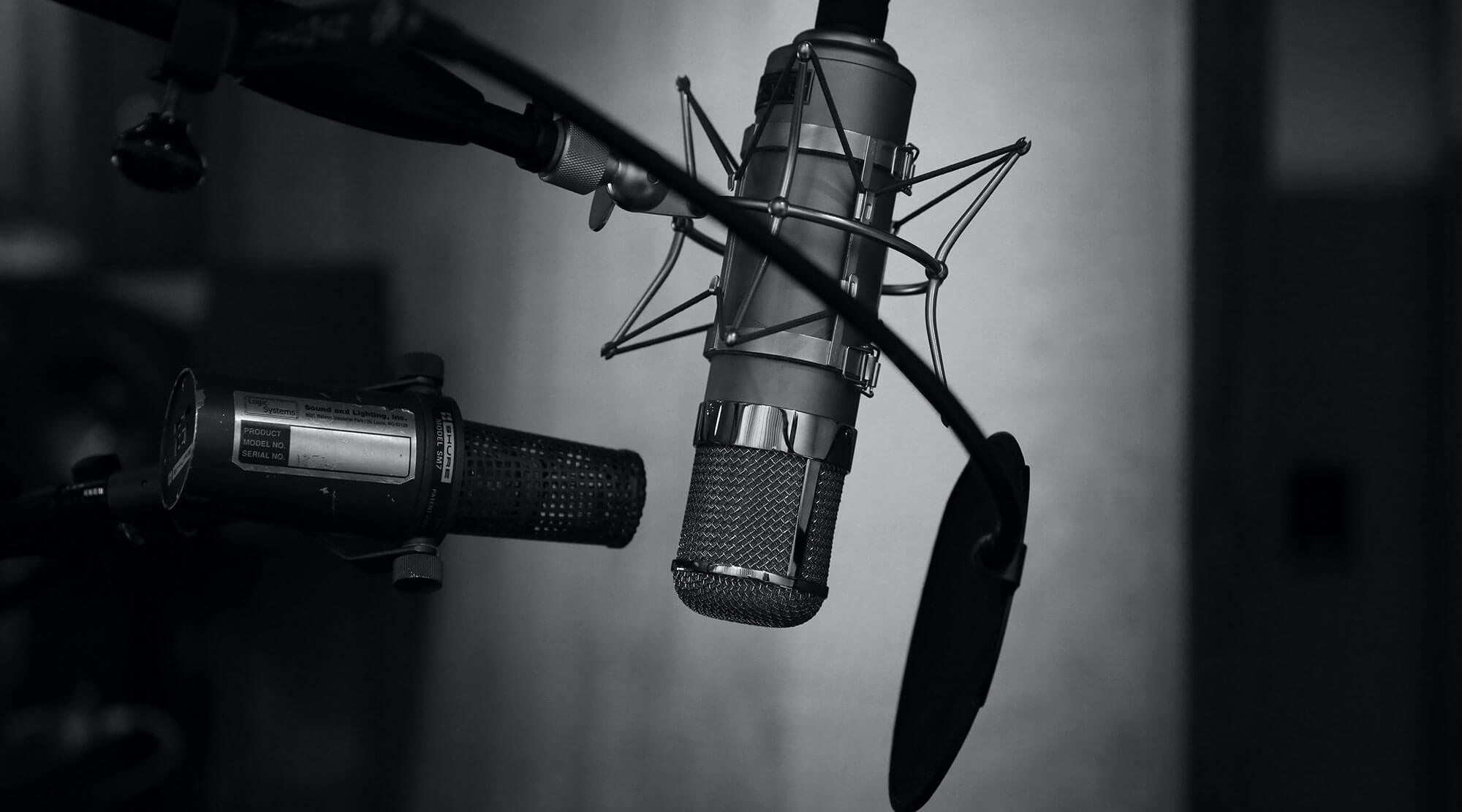The tools we need to record ourselves continue to become more affordable. This is truly a great time to be setting up a home-based recording studio. Gear gets better every year and affordable recording software lets us efficiently record and edit our audio. Quality once reserved for only top-end studios can now be put to use in your personal recording setup.
But trying to choose between all of the options can be overwhelming. On the internet, everyone seems to have an opinion on the “best mic” or what equipment you “need.” People are always willing to help you spend lots of your money on studio equipment. Or you get the impression that if you don’t have exactly the “right” mic, your audio quality will suffer.
You don’t need to break the budget to record usable audio. Most decent quality gear can sound good if you use it appropriately – one of the reasons Voicetrax offers technical recording courses.
But the question remains – what is “decent” when it comes to recording your voice? It depends a bit upon what you need to do.
VO equipment needs change depending upon where you are in your journey as a voice actor These days, most working voice actors have access to a high quality setup in their home or office. They will often connect in real time from their setup to a remote director (or even a studio). Working at the pro level, you’ll need to produce work that goes directly into a production piece.
You don’t need that to get started. Most voice actors build up to that level over time. It can take a while to soundproof and acoustically treat a room to achieve that quality. (Pro VO’s have been known to record auditions – and even final audio – in the strangest of places when time is tight and they are on the road.)
As a new student practicing with scripts at home, you may need to simply record and play back your voice reliably to hear what you did. Beginning level classes focus on performance, so the need to record is not essential. Some Voicetrax Intermediate level classes will begin to require that students record at home and submit the audio for an instructor’s pre-class review.
The good news is that you can start simply – recording your practice takes and listening back to your performances. That task may use equipment you already have. Find a quiet place and use equipment which your budget allows. As you upgrade, the old gear can become your backup system, or be sold to folks starting out.
